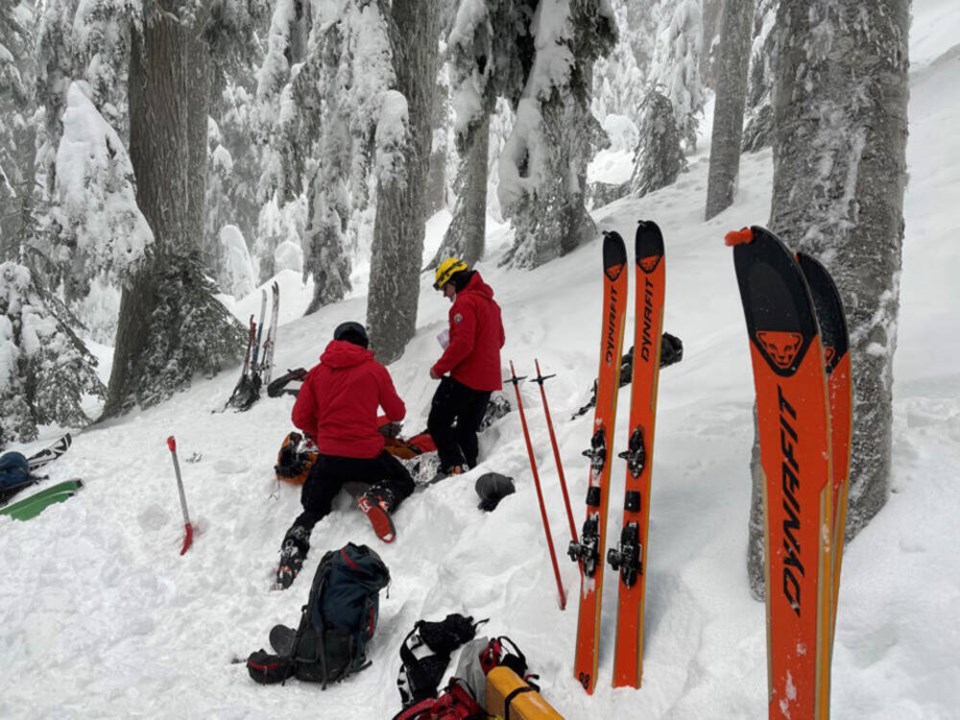All of Western Canada is now under an avalanche risk warning.
Avalanche Canada issued a notice Thursday morning, alerting the public that the warning of higher than normal risks of slides will be in effect until the end of the day on Monday.
“All backcountry users, including hikers and scramblers, and anyone recreating in avalanche terrain are advised to leave a wide margin for error during this warming period, stick to simple, low-angle terrain, and avoid all overhead avalanche hazards,” the warning states.
The sudden escalation in risk is thanks to warmer temperatures rolling in and destabilizing the snowpack, which could lead to dangerous, destructive avalanches.
“The effect of the warm temperatures on the existing snowpack structure means that these avalanches will likely be very large and may run to valley bottoms,” the notice reads.
Cornices – masses of snow hanging over steep slopes – are also far likelier to collapse under the current conditions.
So far this year, 13 people have been killed in backcountry slides in B.C.
Forecasters for the agency have listed the mountains on the North Shore, Sunshine Coast, Fraser Valley and Vancouver Island as being at “considerable” risk, while Whistler, and virtually everything west to Alberta, is pegged at “high.” The areas around Banff, Jasper and the Kootenays are also listed as “considerable.”
North Shore Rescue team leader Mike Danks said anyone who is going into the mountains needs to be vigilant.
“You need to be very well very aware of the avalanche paths that you could potentially be crossing through,” he said. “When you’re on the summit of a mountain, you just need to be aware of that cornices are present and then also when you’re down below and you’re hiking, be aware of what’s above you.”
Avalanche Warnings apply equally to search and rescue teams, Danks said, so if someone does get into trouble, there’s no guarantee it will be safe for rescuers to attempt to reach them.
Danks said no one should being going into the backcountry with a false sense of security, just because the weather is warming up.
“Just because it feels like spring in the city, it’s still winter conditions in the mountains,” he said. “I was just on a hike this morning, and the snowpack is really icy on the trail. You definitely need to have microspikes and be prepared for those conditions.”
Avalanche Canada always recommends checking the latest forecast before going into the mountains.


